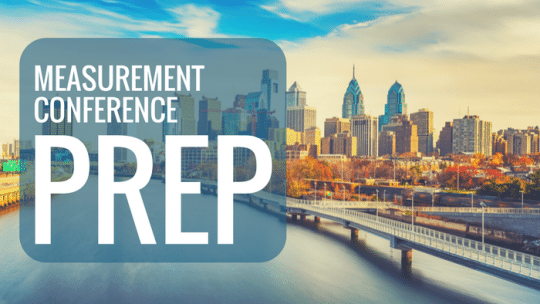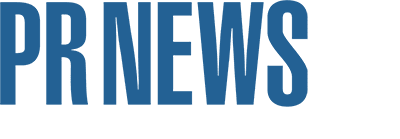
There's no question that measuring the value of PR is one of a communicator's biggest challenges. Whether you're charged with handling your brand's media relations, social media campaigns or both, a pointed question from the C-suite lingers: "How does this tie to our bottom line?"
To help answer that difficult query, PR News assembled a roster of more than 30 professional communicators who excel at measuring and proving the ROI of their efforts to speak at its Measurement Conference, April 16-18 in Philadelphia. Below, a sampling of the insights shared with attendees at the conference:

Visualize data to make successes more apparent. Zebra Technologies' head of global public relations Therese Van Ryne, who will be speaking on the session, "Storytelling That Jumps Off the Page," says the key to data visualization is aligning on key metrics from the start. As PR pros put together straightforward visuals to share their successes with senior leaders, Van Ryne says it's crucial to answer the following questions:
-What is your key objective?
-What metrics will you use to measure your progress?
-Are you measuring media impressions on an equitable basis globally?
Put the Barcelona Principles into practice. The Barcelona Principles are a set of seven guidelines that provide the first overarching framework for effective PR and communication measurement. Launched by the International Association for Measurement and Evaluation of Communication, the principles are essential to the daily work of communicators like Eileen Sheil, executive director of corporate communications at Cleveland Clinic.

Sheil, who will be sharing how she integrates the latest version of the Barcelona Principles into her communications strategy, says one of the most important elements of the principles is to "align goals with the behavior funnel," which she lays out as such:
-Awareness
-Consideration
-Preference
-Action

Dive into native analytics. While many brands have opted to use third-party tools to measure their digital communications efforts—which we'll also be covering at the conference—the analytics directly offered by Facebook, Instagram, Twitter and LinkedIn should not be discounted, according to Kate Callan, senior vice president of social strategy at Philadelphia-based agency Tonic Life Communications. For instance, communicators can log into the back end of social platforms and use the rich analytics they find there to:
-Illustrate alignment with their target demographic
-Focus geo-targeting campaigns
-Access discovery information recently added to Instagram (including account- and post-level)
Measure earned social media against owned channels. Andrea Kaufmann, senior director of marketing and communications at SAP, will speak on establishing KPIs for social media campaigns. And that includes the "earned" social engagement of your competitors, as well as your own high- and low-performing content. Kaufmann's tips for measuring earned social media include:

-Align with the line-of-business to identify the right competitors.
-Find the right competitor handles, tags, topics and posts.
-Focus on what and who is driving conversations and whether they can be used to compare against owned data.
-Monitor data collected by third-party tools in real time and report it back quickly.
-Share across social media/marketing/communications teams to disperse results to stakeholders and leadership.
Follow Therese: @ThereseVanRyne
Follow Kate: @CallyKate
Follow Andrea: @AndreaKaufmann
Follow Sophie: @SophieMaerowitz
